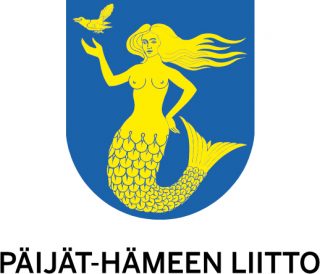The subject of our study is the replacement of the oil heating in a terraced house built in Villähde, Lahti, in the early 1990s with a heating system based on renewable energy. In the project, we will determine how the energy consumption can be minimised by means such as recovering waste energy from the ventilation and wastewater systems and redirecting it. The sources of renewable energy studied include solar panels and geothermal heat, among other things. The study focuses on the storage of energy for winter use in particular.
Upgrading old properties to be carbon-neutral
The project’s aim is to develop a low-carbon solution that does not burden the environment for the repair construction of existing buildings and come up with solutions for the long- and short-term storage of energy. The long-term goal is to model and productise the upgrading of the old building stock’s energy solutions to be carbon-neutral and commercialise these solutions in collaboration with various operators.
Progression of the project
The project will start with the calculation of the buildings’ energy flows and seeking energy conservation solutions. Next, the project will plan the amount of renewable energy, such as solar power and geothermal heat, needed to generate the final energy. After this, the project will move on to the actual computational research phase, in which the researchers will determine how much energy should be stored in batteries and hydrogen and calculate the carbon footprint of different options during the buildings’ life cycle.
